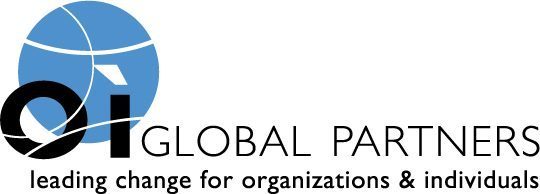So, you’ve been “restructured” out of the organization you’ve been working at for nine years. Your resume is out of date. You are out of touch with your network. The company has provided you with a severance package aligned to your years of service and they have provided you with a “career transition program.” You head straight to the internet to find a job posting and there is a long list of potential opportunities that you think will suit you well. It’s exciting but also daunting.
During the first few weeks, you meet with your career transition consultant who helps you update your resume and fashion your LinkedIn profile so it truly reflects your brand. Basically, you’ve done the first polish on the product you are about to sell – yourself! Welcome to the world of sales, you have just landed the job you said you never wanted to have!
Over the next month or two, you attend a workshop on networking. You believe you already know what that’s about, but don’t really. You need to start getting out there into the job market. So, let’s assume that you’ve worked through a search strategy with your career transition coach. The strategic search approach can be by industry sector, geographical preference (my personal favorite), functional expertise, or a combination of all three.
How many meetings do you need to schedule to generate a job offer? There are many factors that contribute to answering this question, including:
- How strong is my personal network?
- How good am I at picking up the phone?
- How comfortable am I to ask for a referral?
- How confident am I in my expertise and potential value?
- How good are my communication skills?
You can stew around in those juices for quite some time but the net of it lies in the fact that you need to generate a lot of activity. For example:
- 10 calls/emails/letters requesting a 20-minute networking meeting could result in
- Five face-to-face meetings which could lead to
- Two additional referrals for face-to-face networking meetings
- So now you’ve had 7 face-to-face networking meetings
It can take time to coordinate calendars, confirm appointments, and sometimes rebook those meetings – we’re talking weeks!
To make this happen, let’s reverse the process. Let’s say you want to have at least two meetings per day or 10 per week. In order to lock-in those 10 meetings, you need to have contacted at least 20 people. Now let’s say that out of those 10 meetings you uncover one job opportunity. Realistically, you want to be looking for at least four or five viable opportunities. Do the math… You’ll need to reach out to approximately 100 contacts or referrals to generate the activity you’ll need to find those four or five opportunities or “target companies.” For simplicity’s sake, you need to have way more activity than you probably do which takes a lot of focus and energy. Your career transition coach can help you become an effective marketer of your brand to the market, but at the end of the day it’s you who needs to generate the activity.
Now that you are in sales, here are some things to consider that sales people do best:
- Maintain discipline and focus: Set daily goals. One sales person I know puts 10 peas in his left pocket every morning and then doesn’t go home until he has transferred each of those peas into his right pocket after he has contacted a potential “buyer.”
- Record: Keep accurate call records with meeting notes and action items, then follow up, follow up and follow up! “80% of prospects say no four times before they say yes!”
- Know the product: The product is you. How well can you explain who you are and the potential value you bring to an organization in 30-60 seconds or less?
- Align their expertise with what the customer is looking for. For example, you are a skilled, certified project manager which means the customer doesn’t need to invest in training for you and that means you will likely be up and running quickly, acting as a highly contributing member of the team!
- Practice, practice, practice: Great sales people practice what they are going to say. Record your opening statement and then listen to yourself. You may want to practice that again!
- Thank their contacts for the time they have spent with you in your search. Look the person in the eye and shake hands like you mean it!
- Ask for the order – that could be:
- Asking for an introduction to someone in their network
- Asking what the next step in the interview process is
- Asking the interviewer if there is anything else she would like to know about you
- Asking the interviewer if she sees you as a “fit” for the position
- Asking the interviewer about the decision-making process
- Handle objections: Anticipate potential objections and have a practiced response. Record it on a list.
- Summarize: Summarize the meeting in a few sentences, highlighting what you have learned about their organization, what you like about their organization, and the potential value you could bring to their company.
- Write: Write a letter expressing your appreciation and reiterate why you want to work for their organization.
Looking for a job is a full-time job. It takes energy focused on the right activities. The reward is a great new job in a company you want to work for. Good luck and good selling!
Anne Kerrigan Miller is Vice President of Strategic Accounts for Feldman Daxon Partners Inc. Anne is responsible for ensuring Feldman Daxon customer solutions are integrated and aligned to customers’ needs.
Share this post:


No responses yet